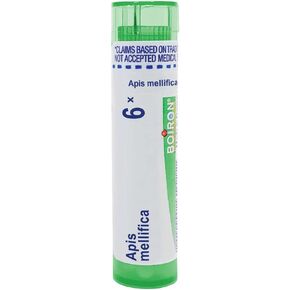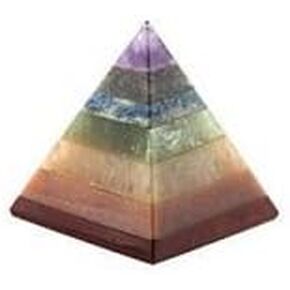- Shopping, made easy.
- /
- Get the app!
There are many established methods of treatment for both acute and chronic soft tissue injuries. Examples of treatments methods (non-inclusive) are massage, dry needling, active release technique, heat, ice, vibration, taping, exercise, including stretching, and other passive modalities like therapeutic ultrasound. Instrument Assisted Soft Tissue manipulation (IASTM) is one of those methods. IASTM or tools assist in reducing adhesions and increase healing rates of targeted tissue.
Gua Sha was the first instrument assisted technique dating back to ~220 BC (Nelson, 2013). The original Gua Sha instruments were made from spoons, coins, jars, wood, bamboo, bone, or jade. The goal of Gua Sha was to intentionally create petechiae and ecchymosis (sha) by scraping the soft tissue. Raising sha is theorized to remove blood stagnation and to promote normal circulation and metabolic processes.
In the mid-1990s, David Graston, a pioneer of IASTM, created a method and instruments for treating soft tissue injuries. Since the development of Graston Technique, nearly twenty-five other instruments and similar or novel techniques have been developed based on the original Gua Sha philosophy. The problem with many of these instruments and techniques is the need for numerous tools (up to 6) and expense (many greater than $3,000 for tools and education). As a response to the needs of clinicians to have access to an affordable and universal tool, RockTape developed the RockBlades. The affordability and ease of one tool allows for clinics with numerous treatment rooms to afford a tool in each room. In addition to the clinical tool made of stainless steel tool (Figure 1), a plastic tool (Figure 2) was developed that can be traveled with easily without fear of having the tool confiscated by airport security or lost with a great expense to replace.

 Autumn Splendor Natural Soy Wax Melts 3 Pack - 3 Highly Scented 3 Oz. Bars - Made with 100% Soy and Essential Fragrance Oils - Phthalate & Paraffin Free, Vegan, Non-Toxic
KWD 9.500
Autumn Splendor Natural Soy Wax Melts 3 Pack - 3 Highly Scented 3 Oz. Bars - Made with 100% Soy and Essential Fragrance Oils - Phthalate & Paraffin Free, Vegan, Non-Toxic
KWD 9.500
 YATHABI Tree of Life - 7 Chakra Tree - Gemstone Tree - Money Tree - Stones and Crystals - Crystal Tree of Life - Feng Shui - Home Decor - Meditation Accessories - Crystal Tree of Life
KWD 11
YATHABI Tree of Life - 7 Chakra Tree - Gemstone Tree - Money Tree - Stones and Crystals - Crystal Tree of Life - Feng Shui - Home Decor - Meditation Accessories - Crystal Tree of Life
KWD 11
 Boiron Apis Mellifica 6X for Swelling from Insect Stings or Allergies - 80 Pellets
KWD 4
Boiron Apis Mellifica 6X for Swelling from Insect Stings or Allergies - 80 Pellets
KWD 4
 Chakra Pyramid | 30-40mm | (Red Jasper, Peach Aventurine, Golden Quartz, Green Aventurine, Lapis Lazuli, Blue Aventurine, Amethyst)
KWD 4.500
Chakra Pyramid | 30-40mm | (Red Jasper, Peach Aventurine, Golden Quartz, Green Aventurine, Lapis Lazuli, Blue Aventurine, Amethyst)
KWD 4.500